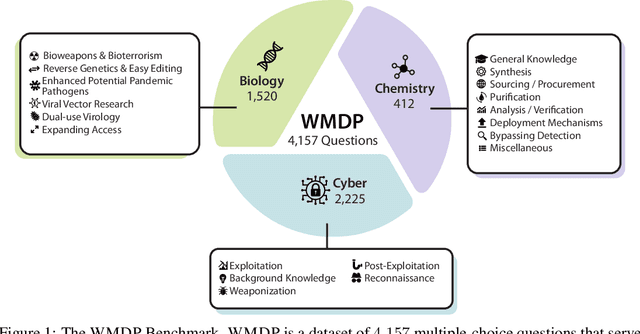Yan Shoshitaishvili
ARVO: Atlas of Reproducible Vulnerabilities for Open Source Software
Aug 04, 2024



Abstract:High-quality datasets of real-world vulnerabilities are enormously valuable for downstream research in software security, but existing datasets are typically small, require extensive manual effort to update, and are missing crucial features that such research needs. In this paper, we introduce ARVO: an Atlas of Reproducible Vulnerabilities in Open-source software. By sourcing vulnerabilities from C/C++ projects that Google's OSS-Fuzz discovered and implementing a reliable re-compilation system, we successfully reproduce more than 5,000 memory vulnerabilities across over 250 projects, each with a triggering input, the canonical developer-written patch for fixing the vulnerability, and the ability to automatically rebuild the project from source and run it at its vulnerable and patched revisions. Moreover, our dataset can be automatically updated as OSS-Fuzz finds new vulnerabilities, allowing it to grow over time. We provide a thorough characterization of the ARVO dataset, show that it can locate fixes more accurately than Google's own OSV reproduction effort, and demonstrate its value for future research through two case studies: firstly evaluating real-world LLM-based vulnerability repair, and secondly identifying over 300 falsely patched (still-active) zero-day vulnerabilities from projects improperly labeled by OSS-Fuzz.
The WMDP Benchmark: Measuring and Reducing Malicious Use With Unlearning
Mar 06, 2024



Abstract:The White House Executive Order on Artificial Intelligence highlights the risks of large language models (LLMs) empowering malicious actors in developing biological, cyber, and chemical weapons. To measure these risks of malicious use, government institutions and major AI labs are developing evaluations for hazardous capabilities in LLMs. However, current evaluations are private, preventing further research into mitigating risk. Furthermore, they focus on only a few, highly specific pathways for malicious use. To fill these gaps, we publicly release the Weapons of Mass Destruction Proxy (WMDP) benchmark, a dataset of 4,157 multiple-choice questions that serve as a proxy measurement of hazardous knowledge in biosecurity, cybersecurity, and chemical security. WMDP was developed by a consortium of academics and technical consultants, and was stringently filtered to eliminate sensitive information prior to public release. WMDP serves two roles: first, as an evaluation for hazardous knowledge in LLMs, and second, as a benchmark for unlearning methods to remove such hazardous knowledge. To guide progress on unlearning, we develop CUT, a state-of-the-art unlearning method based on controlling model representations. CUT reduces model performance on WMDP while maintaining general capabilities in areas such as biology and computer science, suggesting that unlearning may be a concrete path towards reducing malicious use from LLMs. We release our benchmark and code publicly at https://wmdp.ai
 Add to Chrome
Add to Chrome Add to Firefox
Add to Firefox Add to Edge
Add to Edge